ESA Asks Volunteers To Spend 60 Days in Bed – Here’s why
5th Jun 2023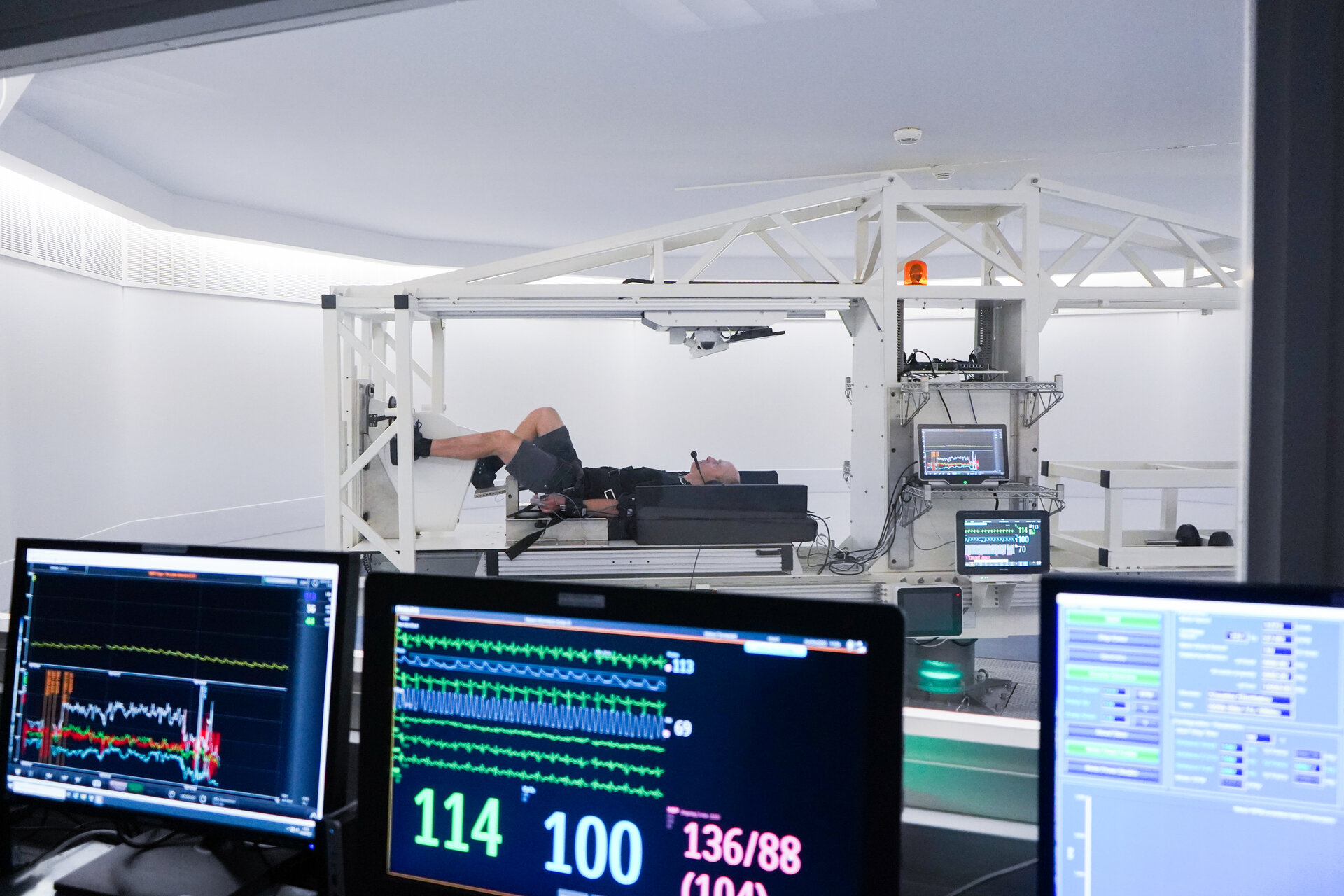
Life in space is bewildering and something that many dream of. However, it’s not all glitz and glamour; space can put a significant amount of stress on the human body. Therefore, the European Space Agency (ESA) and France’s CNES are currently conducting a study to see how simultaneous bedrest, centrifuge, and cycling can reduce the impacts of space on astronauts aboard the International Space Station. In a press release, ESA said: “a group of 12 volunteers are bracing themselves for a bedridden journey that puts them into a compulsory reclined lifestyle.”
ESA’s Study: Coupling Bedrest, Cycling, & Centrifuge To Assist Astronauts In Space
ESA are putting their volunteers through their paces by conducting a series of grueling activities designed to reduce the effects of space on astronaut’s bodies. The study will have participants confined to a bed that is tilted 6 degrees with their feet elevated, resulting in blood flow to the head and muscle loss from underuse – emulating the effects of space. Researchers will then study how their bodies react to the treatments, which will hopefully uncover measures that could mitigate the negative aspects of living in space.
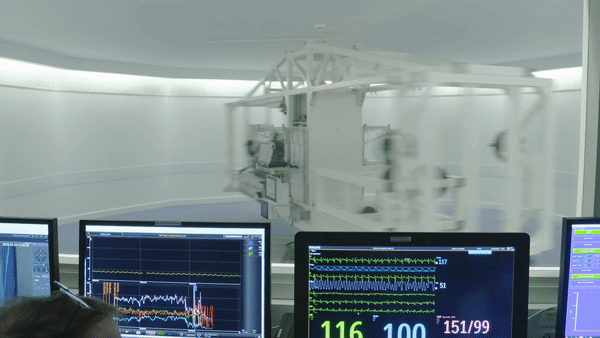
When astronauts live in space, their bodies go through drastic changes due to the lack of gravity. ESA said: “Astronauts face similar physiological problems as elderly and bedridden patients on Earth. Long stays in orbit affect their muscles and bones.” Therefore, researchers are actively studying ways this can be negated.
BRACE: Cycling and Centrifuge Rides
The ESA study will be centred around the BRACE test – Bed Rest with Artificial gravity and Cycling Exercise – to identify how cycling could counteract the bodily changes that astronauts experience. To make the test even more arduous, volunteers will be spun to push blood towards their feet – which doubles gravity – through a centrifuge device which will be adapted to each person’s hypergravity tolerance. The bikes will also be adapted to use in the beds and on the centrifuge device.
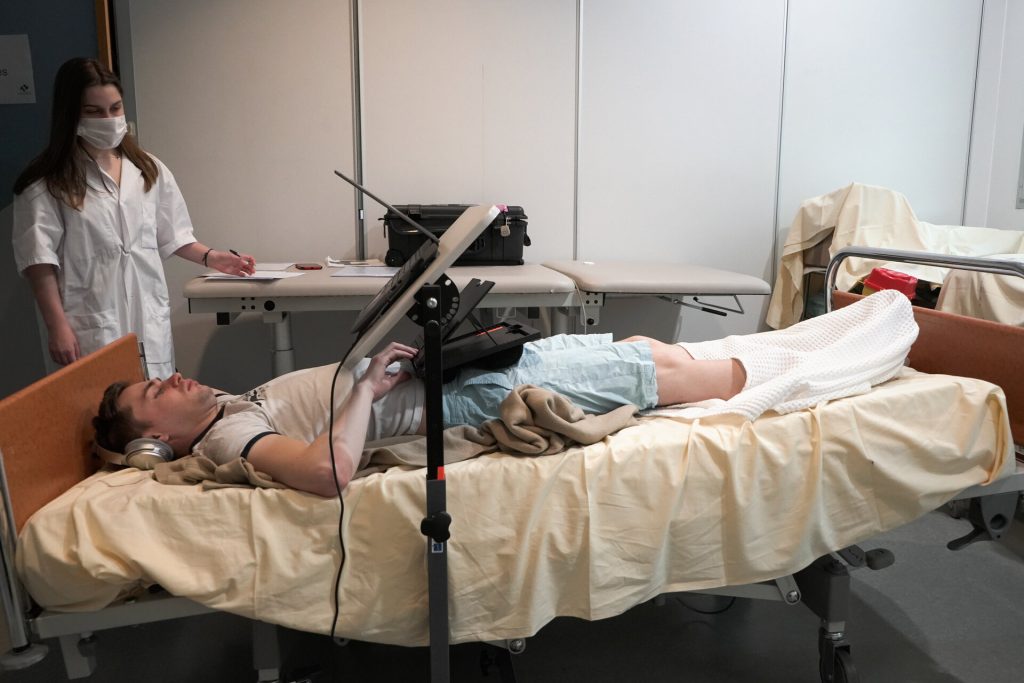
The volunteers will be split into three test groups: a group cycling in bed, a group being spun on the centrifuge machine, and a third committed to two full months of bedrest with no cycling or centrifuge rides.
Rebecca Billette, head of clinical research at MEDES, the Institute for Space Medicine and Physiology in Toulouse, France, said: “We will compare the impact of a daily exercise routine on a variety of physiological factors,” adding “we encourage volunteers to reach their maximum effort on the bike, and then compare the impact with those who are not biking at all. We hope to understand the added value of artificial gravity to the fitness routine astronauts follow on the International Space Station.”
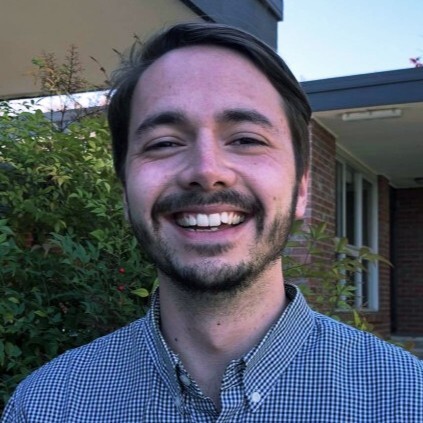
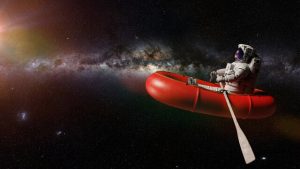
![ESA’s Euclid Mission Has Revealed Its First Images [UPDATED] ESA’s Euclid Mission Has Revealed Its First Images [UPDATED]](https://orbitaltoday.com/wp-content/uploads/2023/05/Image-2-Euclid-300x144.jpg)
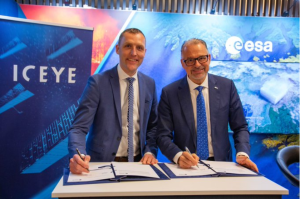
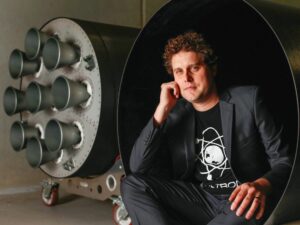

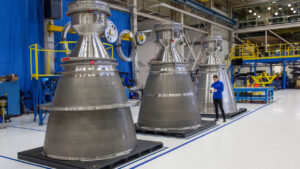
Thank you for your comment! It will be visible on the site after moderation.